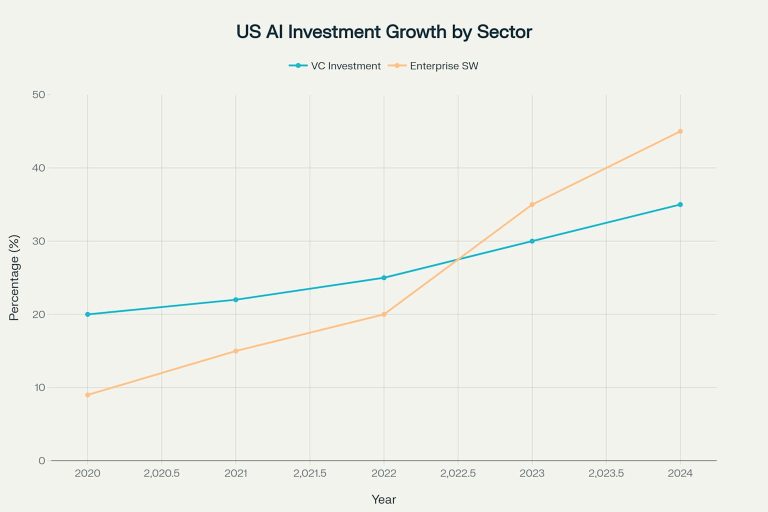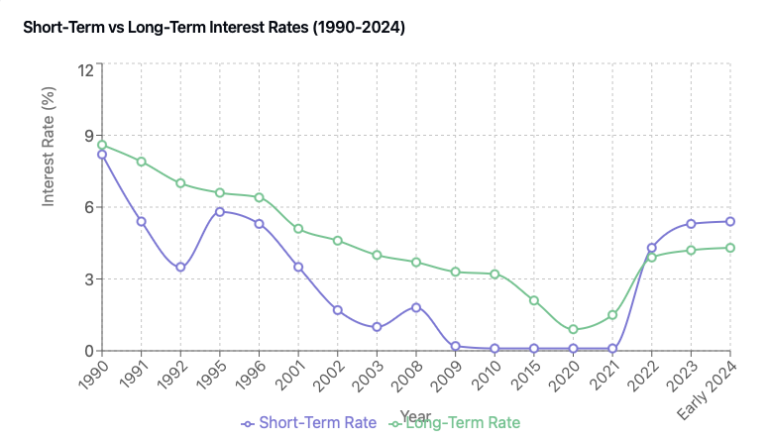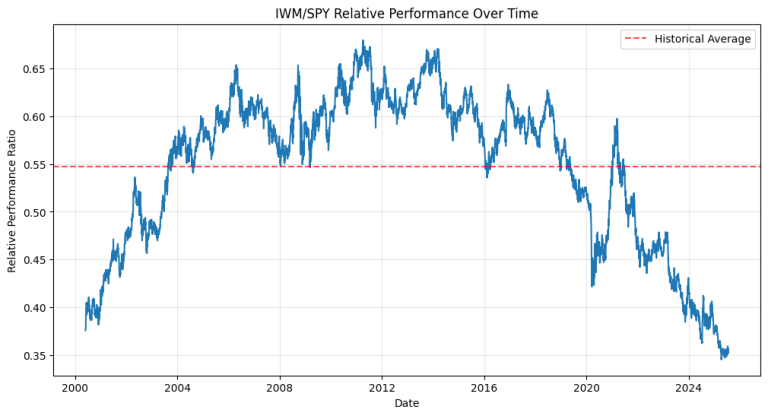IFRS 18: Navigating the New Era of Performance Reporting and Why Your Operating Profit Is About to Change
The issuance of IFRS 18, Presentation and Disclosure in Financial Statements, by the International Accounting Standards Board (IASB) in April 2024, marks the most significant shift in the presentation of financial statements in over two decades. This is not a simple update; it is a comprehensive response to demands from the global investment community for greater comparability, enhanced transparency, and better information about corporate financial performance.
While the predecessor standard, IAS 1, offered considerable flexibility in structuring the Statement of Profit or Loss, it resulted in significant diversity. A key concern was the proliferation of subtotals with common labels, such as ‘operating profit’, that were calculated differently across entities, thereby undermining comparability. This inconsistency forced users to spend extensive time deconstructing and re-casting financial statements. The move to the more prescriptive structure of IFRS 18 represents a significant shift in the IASB’s standard-setting philosophy, concluding that the benefits of mandated comparability outweigh the costs of reduced entity-specific tailoring. IFRS 18 corrects this by implementing a consistent, structured framework for all IFRS reporters. The new standard is effective for annual reporting periods beginning on or after 1 January 2027, although earlier application is permitted.
The transformative impact of IFRS 18 is structured around three core pillars of change that we will cover in this post.
Why is this important for equity investment and research? It will make easier to compare IFRS reporting companies by having a standard definition in the income statements.
Pillar 1: Change the Income Statement Sctructure
The centrepiece of IFRS 18 is the introduction of a mandated structure for the Statement of Profit or Loss. This structure provides a common language and framework for performance reporting.
The Five Defined Categories and Two New Subtotals
All income and expenses must now be classified into one of five categories: operating, investing, financing, income taxes, and discontinued operations. The income taxes and discontinued operations categories are largely consistent with previous practice (IAS 12 and IFRS 5). The crucial change involves the introduction of strict definitions for the first three categories:
- The Operating Category: This is the default, residual category. It includes all income and expenses that are not specifically classified as investing or financing. Crucially, it is not limited to the entity’s main business activities and explicitly includes items management might previously have viewed as non-recurring or unusual. For example, significant impairment losses on operating assets (such as property, plant, and equipment or trade receivables) must now be classified within the operating category. This redefines ‘operating’ as a comprehensive measure of performance from all activities that are not investing or financing.
- The Investing Category: This category is defined by income and expenses arising from assets that generate a return “individually and largely independently” of an entity’s other resources. It explicitly includes income (and interest income for non financial companies) and expenses from investments in associates, joint ventures (accounted for using the equity method), unconsolidated subsidiaries, and cash and cash equivalent.
- The Financing Category: This category is designed to isolate the results of an entity’s capital structure and financing decisions. It includes income and expenses from liabilities that arise solely from raising finance (e.g., interest on bank loans and bonds), as well as specific interest components of lease liabilities and pension liabilities.
The classification of these items lead to two new, mandatory subtotals on the face of the Statement of Profit or Loss:
- Operating profit or loss: Calculated as the total of all income and expenses classified in the operating category . This subtotal will gain prominence as it will also become the mandatory starting point for entities using the indirect method to prepare their Statement of Cash Flows (a consequential amendment to IAS 7).
- Profit or loss before financing and income taxes: Calculated by adding the investing category results to the operating profit or loss.
The mandatory inclusion of items like impairments on operating assets and the strict exclusion of results from equity-accounted investments will cause significant shifts in this key subtotal for many companies.
The Critical Role of ‘Specified Main Business Activities’ (SMBA)
A pivotal and judgment-intensive aspect of IFRS 18 is the determination of a company SMBA. An entity must assess whether its main business activities include investing in assets or providing financing to customers. If an entity determines it has one of these specified activities, the classification rules are modified, and certain income and expenses are re-routed to the operating category.
For instance, for a bank, interest income and expense are classified as operating because providing financing is its main business. Conversely, for a typical manufacturing entity, interest income would generally be in the investing category, and interest expense in the financing category. The determination of SMBA is a key judgment requiring careful documentation and will be a focus area for auditors.
A Key Classification Rule: Equity-Accounted Investments
A rule with no judgment is that income and expenses from investments in associates and joint ventures accounted for using the equity method are always classified in the investing category. This removes any judgment and will significantly shift this component outside of the new defined ‘Operating profit’ for many companies.
Classification challenges: Foreign Exchange and Derivatives
To improve transparency for investors dealing with treasury programmes, IFRS 18 provides specific rules for complex items, ensuring classification aligns with the underlying economic activity:
- Foreign Exchange Differences: IFRS 18 introduces a new principle requiring that foreign exchange differences be presented in the same category as the income, expenses, assets, or liabilities that gave rise to the FX difference. (e.g., trade receivable → operating; borrowing → financing). This alignment principle provides more relevant information. For example, FX gains or losses arising on a foreign currency trade receivable would be classified in the operating category, while those arising on a foreign currency loan would be classified in the financing category.
- Derivatives and Hedging Instruments: The classification of gains and losses on derivatives and hedging instruments generally follows the classification of the hedged item or the managed risk. For instance, if a derivative is used to hedge the foreign currency risk of a future sale, the gains and losses on the derivative would be classified in the operating category, consistent with revenue from sales. This principle ensures that the results of risk management activities are presented alongside the items they are intended to protect:
- Classification of fair-value gains and losses on derivatives depends on use (risk management or not) and what they relate to:
- Used to manage identified risks: classify consistently with the hedged item or the risk being managed (e.g., FX hedge on forecast sales, this would go to operating). IFRS 18 provides undue cost or effort relief—if granular matching would be unduly costly, present those gains/losses in Operating.
- Not used to manage identified risks:
- If the derivative relates only to raising finance (e.g., swap associated solely with issued debt), then it goes to Financing (subject to SMBA policies for entities that finance customers).
- Otherwise, it goes to Operating.
- Classification of fair-value gains and losses on derivatives depends on use (risk management or not) and what they relate to:
Undue Cost or Effort Relief
While this granular alignment principle (matching FX differences to the source item) provides better information, it requires more detailed tracking within an entity’s chart of accounts and ERP systems, especially for multinational corporations. Recognizing this potential administrative burden, an exemption is provided in the standard: if applying this granular requirement would involve undue cost or effort, an entity may be relieved of the requirement. For instance, if tracing each transaction leads to unduly costly, present FX diffs in Operating.
Expense Presentation and Disaggregation
IFRS 18 maintains the choice for entities to present operating expenses by nature, by function, or a mixed basis. However, if an entity chooses presentation by function (e.g., Cost of Sales, Selling, Administrative), a new mandatory disclosure is required in the notes. This note must show the breakdown by nature of five specific expense types—depreciation, amortisation, employee benefits, impairment losses, and write-downs of inventories—that are included within each functional line item presented in the operating category.
Pillar 2: Management-Defined Performance Measures (MPMs)
The second pillar introduces a formal, audited disclosure framework for Management-defined Performance Measures (MPMs). This brings a new level of discipline and transparency to non-GAAP measures.
Definition and Scope
An MPM is defined as a subtotal of income and expenses that meets three criteria:
- It is used in public communications outside the financial statements (e.g., investor presentations or press releases).
- It communicates management’s view of an aspect of financial performance.
- It is not a subtotal specified by IFRS Accounting Standards (e.g., not ‘Operating Profit’ or ‘Gross Profit’).
Measures related solely to the balance sheet (like ‘Net Debt’) or the statement of cash flows (like ‘Free Cash Flow’) are not MPMs, as the measure must be a subtotal of income and expenses.
Centralized and Audited Disclosure
IFRS 18 mandates that all MPM disclosures must be presented together in a single note to the financial statements. This centralized, auditable disclosure framework forces additional audit requirements for companies.
Required disclosures for each MPM are highly prescriptive and include:
- An explanation of why the MPM is useful from management’s perspective.
- A detailed explanation of the calculation method.
- A numerical reconciliation to the most directly comparable IFRS-defined subtotal (e.g., ‘Operating profit’).
- For each individual reconciling item, disclosure of the related income tax effect.
- For each individual reconciling item, disclosure of the effect attributable to non-controlling interests (NCI).
This requirement for detailed tax and NCI allocations elevates the governance and complexity associated with using non-GAAP measures significantly. Auditors will focus heavily on the identification and completeness of MPMs and the reliability of the reconciliation, particularly the tax and NCI effects.
Pillar 3: Enhanced Aggregation and Disaggregation
IFRS 18 provides clearer principles for how information should be grouped and separated to improve the clarity and usefulness of financial information.
The standard emphasizes that primary financial statements should provide a “useful structured summary,” while the notes should provide supplementary details and disaggregation of material line items. Items should be grouped based on shared characteristics (e.g., nature or function) and disaggregated based on dissimilar characteristics.
- Vague ‘Other’ Balances: The standard explicitly discourages the use of uninformative labels like ‘other income’, ‘other expenses’, or ‘miscellaneous expenses’ . Preparers must now either use a more descriptive label or disaggregate the balance into its material components, either on the face of the statement or in the notes. For instance, a company can still use other expense in the face of the income statement but it should provide in the notes a breakdown of all items included within the other expense item.
The Profound Impact on Group Consolidation
The practical impact of IFRS 18 on large, complex multinational groups will be profound, requiring changes to reporting processes and systems.
The Consolidation Challenge: Presentation Alignment Adjustments
The key challenge stems from the fact that the SMBA assessment must be performed separately for each subsidiary and for the final consolidated group. This can create a classification mismatch:
- If a manufacturing group (non-financing SMBA) owns a captive finance subsidiary (financing SMBA), the subsidiary correctly classifies its interest income as operating profit.
- However, from the consolidated group’s perspective, providing financing is not a main business activity, so that interest income is investing income.
- This mismatch necessitates a “presentation alignment adjustment (i.e. a consolidation presentation reclassifications adjustment) during the consolidation process to reclassify the income from the operating category to the investing category in the final consolidated P&L for the group.
This new layer of adjustment does not change net profit but is critical for ensuring the new mandatory subtotals—particularly ‘Operating profit’—faithfully represent the performance of the group as a whole. These new presentation alignment adjustments will be a key area of focus for group auditors.
System and Process Overhaul Required
Preparing for IFRS 18 necessitates significant investment in IT:
- IT and ERP Systems: The Group Chart of Accounts must be expanded to track income and expenses with the necessary granularity (e.g., distinguishing interest expense on a financing liability from the interest component of a lease liability).
- Consolidation Systems: These systems must be configured to handle the logic required for the complex presentation alignment adjustments.
- Financial Close Process: The close process must be redesigned to include new steps for formally assessing SMBAs, calculating presentation adjustments, and gathering the highly detailed data needed for the MPM note (including tax and NCI effects),
Strategic Roadmap: Preparing for 2027
The transition requires early strategic planning, as the preparation work must begin well in advance of the 1 January 2027 effective date.
Key Transition Actions:
- Restatement Requirement: Entities must apply the standard retrospectively. In the first year of application (2027), a detailed reconciliation must be provided showing how the previous year’s comparative data (e.g., 2026) has been reclassified to align with the IFRS 18 presentation. This restatement requirement also applies to comparative periods in interim financial statements (e.g., Q1 2027 will require a restated Q1 2026 P&L).
- Establish Project Teams: A successful implementation requires a cross-functional team, including financial reporting, IT, Investor Relations (IR), and Legal, as IFRS 18 is a business reporting change.
- Conduct SMBA Assessment: Formally determine and document the ‘specified main business activities’ for the group and all subsidiaries. This is considered the most significant new judgment.
- Review Contracts and Covenants: Proactively identify and review all debt covenants, executive remuneration plans, and other agreements tied to existing, company-specific definitions of ‘Operating Profit’. Renegotiation may be necessary to prevent unintended consequences since from 2027 the definition of operating income will be different.
- Perform a ‘Dry Run’: A full simulation (dry run) of the 2026 restatement will identify data gaps, system limitations, and process challenges, allowing for remediation before the mandatory reporting date.
The substantive work of transition must start as soon as possible, ideally in 2025, given the lead time needed for system changes and the requirement to restate 2026 comparatives .
Comparison of Presentation
The table below provides a high-level comparison of the presentation of the Statement of Profit or Loss under the flexible regime of IAS 1 versus the structured approach of IFRS 18.
| Feature | IAS 1 Presentation | IFRS 18 Presentation |
|---|---|---|
| Structure | Highly flexible. No mandated categories or structure above ‘Profit before tax’. | Mandated structure with five defined categories: Operating, Investing, Financing, Income Taxes, Discontinued Operations. |
| Subtotals | No mandatory subtotals. Subtotals like ‘Operating Profit’ or ‘EBITDA’ were commonly used but were undefined by IFRS and calculated inconsistently. | Two mandatory, defined subtotals: ‘Operating profit or loss’ and ‘Profit or loss before financing and income taxes’. |
| Classification | Based on high-level principles. Significant management judgment in classifying items as ‘operating’ vs. ‘non-operating’. | Based on strict definitions for the investing and financing categories, with operating as the residual. Classification is driven by the nature of the underlying asset or liability. |
| Expense Presentation | Choice to present expenses by nature or by function on the face of the P&L. | Choice to present operating expenses by nature, by function, or a mixed basis. New note disclosures are required if the function method is used. |
IFRS 18 represents a significant strategic project that demands investment in controls and systems. By beginning the transition process early and carefully managing the key judgments, entities can successfully navigate this change and communicate their performance story with greater clarity and credibility.






